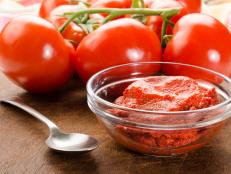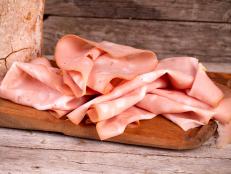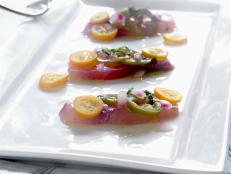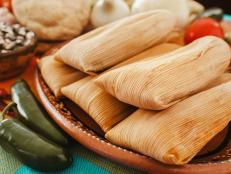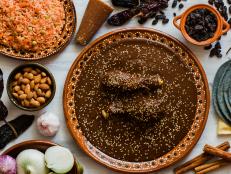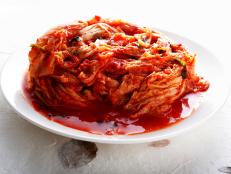What Is Tiramisu?
Everything you need to know about the classic Italian dessert — including how to make it.
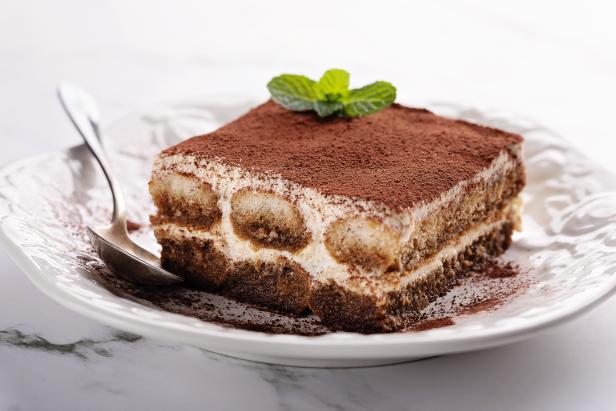
Cris Cantón/Getty Images
By Layla Khoury-Hanold for Food Network Kitchen
Layla Khoury-Hanold is a contributor at Food Network.
A classic dessert, tiramisu is found on dessert menus and in bakeries throughout Italy and much of the United States. But what exactly is tiramisu? For more info, we consulted Telia Colella, co-founder of Nerea, an Italian restaurant in New York City.

Fascinadora/Getty Images
What Is Tiramisu?
Tiramisu is an Italian dessert that has layers of coffee-soaked ladyfingers and a cream made from mascarpone, eggs and sugar. Some versions are also flavored with alcohol such as Marsala wine, Fernet, rum, Cognac, brandy or coffee liqueur.
“Tiramisu is the ultimate comfort food dessert, and every family has their own recipe and preferences — much like the American apple pie,” Colella says. “This means there are a plethora of variations on the recipe, and many contradicting opinions. Whipped cream or no whipped cream? Savoiardo or Pavesini ladyfingers? Marsala or Fernet?” The version served at Nerea adheres to traditional ingredients, using mascarpone instead of whipped cream, plus Savoiardo biscuits and Marsala wine.
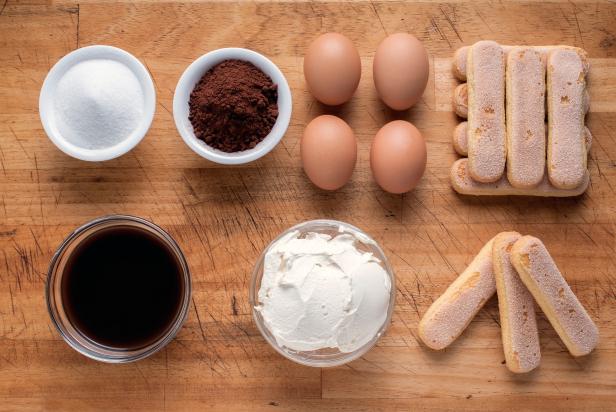
ilmoro100/Getty Images
Tiramisu Ingredients
Tiramisu is made with mascarpone, ladyfinger biscuits, coffee (such as mocha or espresso), sugar, eggs, unsweetened cocoa powder and salt, plus sometimes Marsala wine, rum or a liqueur. “The result is a trifle-style dessert of ladyfingers soaked in coffee, sugar, and Marsala, layered with a creamy mixture of mascarpone, sugar, and eggs and topped with a dusting of cocoa powder,” Colella says.
What Liquor is in Tiramisu?
The liquor in tiramisu is traditionally sweet Marsala wine. “This is a fortified wine that is produced exclusively in Sicily, in the city of Marsala, for which the wine is named,” Colella says. There are two types of Marsala that can be used differently in cooking. Dry Marsala is generally used to prepare savory dishes, as in veal or mushrooms Marsala. It adds light nutty notes. Sweet Marsala, on the other hand, is usually used for sweet sauces and appears on chicken, in desserts or even in eggnog.
Other types of liquor may be used in tiramisu, including Fernet, rum, Cognac, brandy or coffee liqueur.
Origin of Tiramisu
The origin of tiramisu is uncertain, but it likely originated in the Italian city of Treviso in the Veneto region. “Some say that tiramisu was born in the mid-19th century, in a brothel in the center of Treviso,” Colella says. “Famously, the pastry chef Roberto Linguanotto at Alle Beccherie restaurant was inspired by the simple, dynamic dessert sbatudin, which is made from egg yolk whipped with sugar. The name was initially tiramesu from the Venetian dialect, which was then Italianized into tiramisu, meaning “lift me up” or “strengthen my body,” since its high nutritional and regenerating value made it popular nationwide.”

Grazziela Bursuc/Getty Images
How to Make Tiramisu, Step-By-Step
Colella shares a step-by-step process for making classic tiramisu.
Step one: Make the cream. Separate the egg whites from the yolks into two different bowls; set the egg whites aside. Add sugar and a pinch of salt to the yolks and beat the yolks with a whisk until they become frothy and light. Using a spoon, fold mascarpone into the beaten egg yolks.
Step two: Prep the egg whites. Whip the egg whites by hand or with an electric whisk. Use as large a whisk as possible to easily incorporate more air. Beat until the whites form medium to stiff peaks.
Step three: Finish the cream. Gently fold the whipped egg whites into the egg yolk-and-mascarpone mixture.
Step four: Prep the coffee. Pour room-temperature coffee into a low, wide plate. Stir in a spoonful of sugar and the Marsala. This mixture is known as the bagna.
Step five: Prep the ladyfingers. Dip 2 ladyfingers at a time into the coffee mixture for 1 second per side, then arrange them side by side in a baking dish, rounded side up. Repeat until you have an even layer, breaking ladyfingers in half as needed to fill in the gaps.
Step six: Layer in the cream. Cover the ladyfingers with 1/3 of the cream. Repeat the process to create two additional layers of ladyfingers and cream.
Step seven: Let it set. Cover the baking dish with aluminum foil and let the tiramisu set in the fridge for at least 4 hours, or ideally overnight.
Step eight: Serve. Dust with cocoa powder just before serving. Slice or scoop to serve.
Tiramisu Recipes
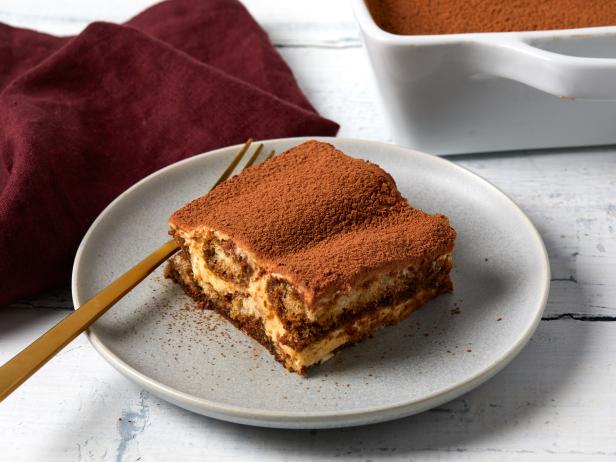
Lucy Schaeffer
Making this creamy, classic Italian dessert isn’t as difficult as you might think. The hardest part is waiting at least 4 hours in the fridge for the ladyfingers to soften, but the flavors will meld even more if you can stand to wait longer.

Andrew McCaul
This riff on tiramisu soaks the ladyfingers in a mixture of espresso and rum. The soaked ladyfingers are layered in individual glasses with sweetened marscarpone, then topped with whipped cream and a dusting of cocoa powder.

This hybrid dessert combines espresso and rum-dipped ladyfingers with a rich cheesecake filling, plus a cocoa dusting for a chocolatey finale.
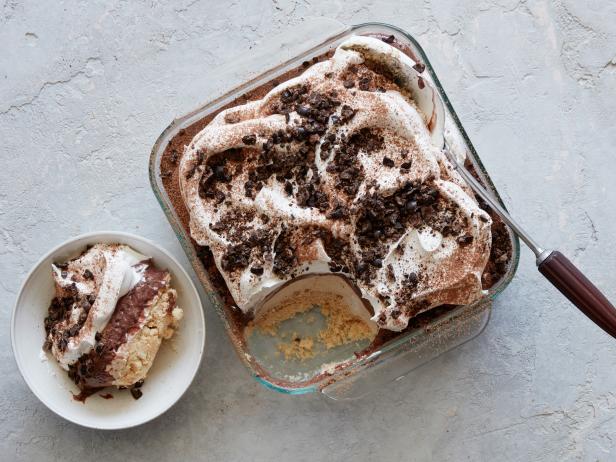
Matt Armendariz
This recipe is perhaps the easiest shortcut to achieving a tiramisu-inspired, no-bake dessert in a fraction of the time of the original. Creamy layers of coffee cheesecake and chocolate pudding complement a crunchy ladyfinger crust and chocolate-covered espresso beans.
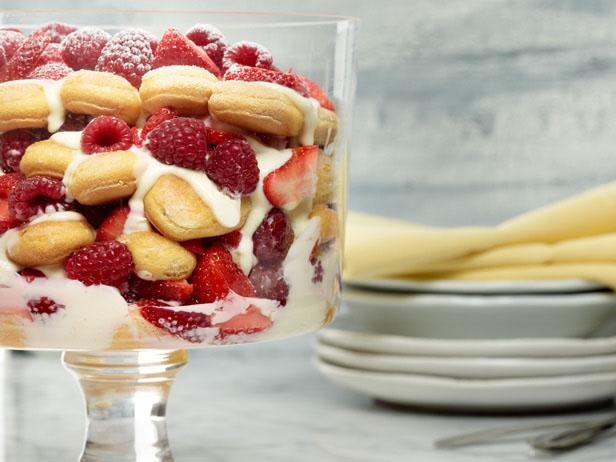
Marshall Troy, 2012,Television Food Network, G.P. All Rights Reserved
This make-ahead dessert is a cinch to pull together and a great way to get kids into the kitchen, too. The layered sweet treat features lady fingers drizzled with lemon syrup and a lush, citrusy filling bolstered by lemon curd and cream cheese, all brightened by a mix of raspberries and strawberries.
Related Links:

























